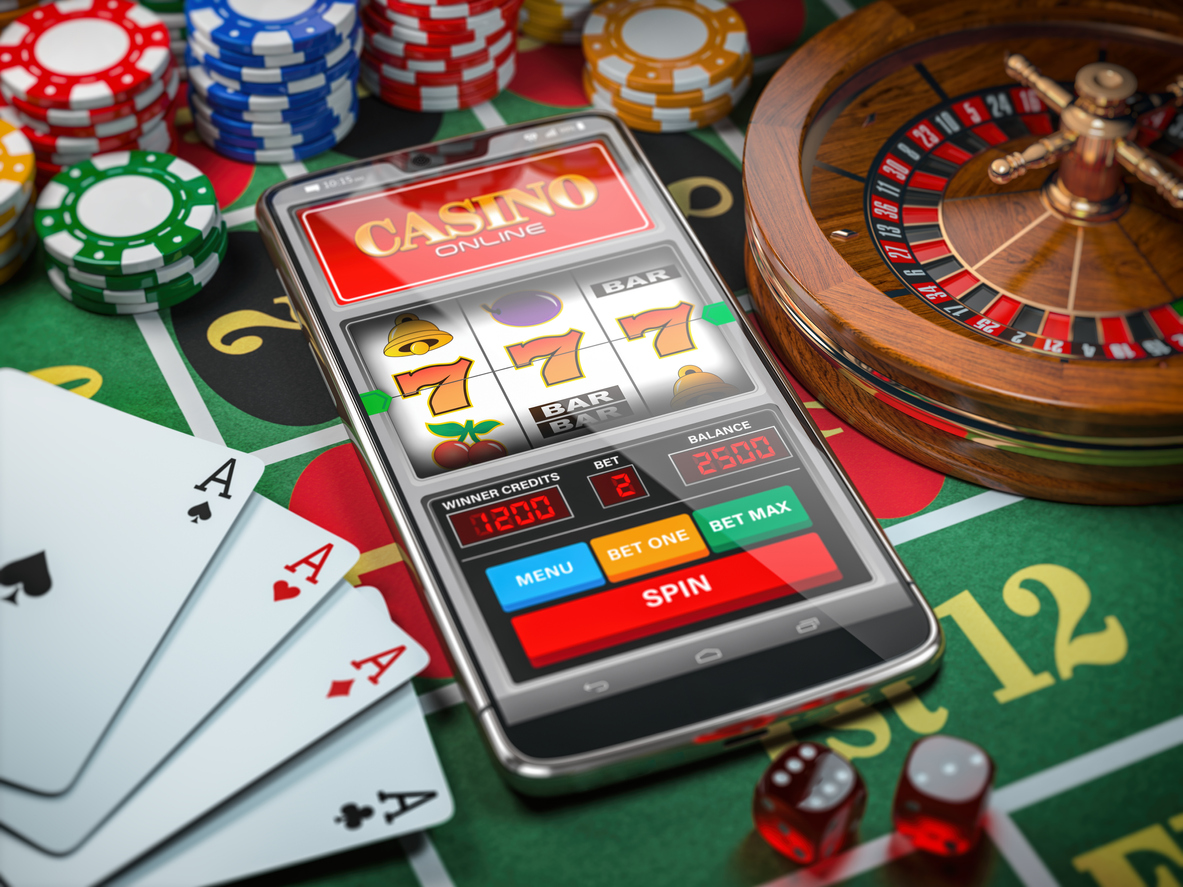In what way Gaming Establishments Employ Color and Style to Entice Gamers

In a vibrant and thrilling world of gaming establishments, wherein fortune and strategy intertwine, hues and aesthetic play a pivotal role in attracting gamblers. From the moment players step into a casino or access a gaming platform, they are enveloped in a visual feast that captures their attention and entices them to discover further. Bright colors, engaging graphics, and innovative layouts are carefully crafted to create an atmosphere of thrill and expectation, ultimately enhancing the gaming experience.
While gamblers navigate through the dynamic landscape of casino games, they encounter a variety of designs that not only serve aesthetic purposes but also affect emotions and decision-making. Hues like scarlet and yellow symbolize riches and luck, while calm blues and greens can create a more tranquil environment. Grasping how these elements work together enables casinos to create an welcoming and energizing atmosphere that encourages players to interact with the games, invest additional time at the tables, and increase their overall enjoyment.
The Psychology of Hue in Gaming Establishments
Color plays a crucial role in the development of gambling games, shaping player emotions and behaviors. Vivid and vibrant hues, such as red and gold, are often used to incite excitement and attract notice. These hues create a feeling urgency and energy, encouraging participants to involve themselves more readily with the activity. By thoughtfully selecting hues, creators aim to elicit feelings of satisfaction and excitement, which can enhance the complete gaming experience.
Different shades also have psychological connotations that can influence how gamblers perceive their odds of success. For case, emerald is commonly associated with fortune and prosperity, making it a frequent choice in activities like the roulette wheel and poker tables. This connection can cause participants to feel more hopeful and confident in their play, ultimately inspiring them to stake more. NHÀ CÁI SV388 Understanding these associations allows game creators to create environments that enhance player happiness and retention.
In addition, the design of gambling game interfaces often utilizes color gradients and differing hues to instruct players' responses. For case, successful results may be emphasized with vivid, differing colors, creating a visual incentive. This approach supports positive outcomes and promotes repeated gameplay. By leveraging color psychology, casinos can create games that not only attract participants but also keep them involved and invested in their play experience.
Design Elements that Attract Players
The aesthetic appeal of gambling games is largely influenced by the use of bold colors. Bright and striking colors are strategically chosen to create an appealing atmosphere that captures attention. For instance, crimson and golden hues often signify good fortune and prosperity, which is why they are prevalent in the color schemes of gaming machines and game surfaces. https://essesv388.com/ These colors not only attract players in, but they also evoke emotions related to excitement and anticipation, enhancing the overall gaming experience.
In parallel to color, the design and layout of gambling games play a significant role in player attraction. Games are designed to be intuitive, ensuring that players can easily understand the guidelines and gameplay. User-friendly interfaces, along with engaging graphics and animations, help maintain player interest and encourage longer play sessions. The tactile elements, such as the feel of the buttons and the sounds of the games, also contribute to a comprehensive sensory experience that keeps players immersed.
In conclusion, conceptual elements in gaming design can significantly influence gaming decisions. Many gambling games are inspired by popular culture, fairy tales, or adventure themes, featuring symbols and characters that resonate with players. These themes create a sense of engagement and connection, making each game feel distinct. When players feel a connection to the concept, they are more likely to opt for that game over others, leading to higher participation and excitement within the gambling environment.
Case Studies: Successful Gambling Slot Designs
One noteworthy example of successful casino game design is the acclaimed slot machine series themed around hit movies. Games such as those based on the The Wizard of Oz and Game of Thrones utilize dynamic colors and high-quality graphics to immerse players in well-known narratives. The use of moving visuals and captivating sound effects grabs the interest of players, establishing an affective connection to the theme. This strategy not just fosters longer play but also boosts the overall gaming experience, resulting in increased player retention.
Another successful case is the use of color psychology in table games like blackjack and the wheel. Casinos often develop these games with dark reds and greens, colors traditionally associated with luck and wealth. For instance, the green felt on a blackjack table provides a soothing effect, while the red accents in roulette invite anticipation. This thoughtful use of color helps to create an inviting atmosphere that motivates players to join in, addressing their psychological impulses and boosting their enjoyment.
Finally, social casino games that feature social features and lively, colorful designs have achieved remarkable success in engaging players. Games like Zynga Poker and Slot-O-Mania leverage vivid colors and playful animations to create an inviting online environment. The integration of leaderboards, social sharing options, and in-game rewards fosters competition and community, drawing players in for longer sessions. Such designs not only make the games visually enticing but also underscore community engagement, a crucial factor in player retention and engagement within online casino environments.
